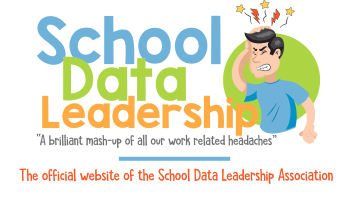Identify personal and institutional biases and remove barriers that derive from economic, social-emotional, racial, linguistic, cultural, physical, gender, or other sources of educational disadvantage or discrimination.
-
Identify personal and institutional biases: Educational leaders engage in self-reflection and professional development to identify personal biases and examine the ways in which institutional biases may contribute to educational disadvantage or discrimination. This involves acknowledging and challenging assumptions, stereotypes, and prejudices that may influence decision-making, policies, and practices within the school or district. By recognizing personal and institutional biases, educational leaders can take proactive steps to address inequities and create a more inclusive and equitable learning environment for all students.
-
Remove barriers to equity: Educational leaders work collaboratively with stakeholders to identify and remove barriers that hinder educational equity and contribute to disparities in student outcomes. This may involve analyzing data to identify patterns of inequity, conducting equity audits to assess policies and practices, and implementing targeted interventions to address areas of concern. By removing barriers to equity, educational leaders create opportunities for all students to access high-quality education and thrive academically, socially, and emotionally.
To support educational leaders in this endeavor, here are some web links to relevant resources:
-
Implicit Bias Training: Organizations such as the Kirwan Institute for the Study of Race and Ethnicity and the Perception Institute offer resources and training on implicit bias, including strategies for recognizing and mitigating bias in educational settings: Kirwan Institute Implicit Bias Resources, Perception Institute Implicit Bias Training
-
Equity Audits and Tools: The National Equity Project provides resources and tools for conducting equity audits, including guides, templates, and frameworks to assess policies, practices, and outcomes through an equity lens: National Equity Project Equity Audits
-
Culturally Responsive Teaching Practices: The Center for Culturally Responsive Teaching and Learning and Learning Hub offers resources and professional development opportunities for educators on culturally responsive teaching practices, including strategies for addressing cultural biases and promoting inclusivity in the classroom: https://www.culturallyresponsive.org/
-
Policy Briefs and Reports on Educational Equity: The Education Trust and the Center for American Progress publish policy briefs, reports, and research on educational equity issues, including recommendations for addressing systemic barriers and promoting equity in education: Education Trust Equity Publications, Center for American Progress Education Equity
By identifying personal and institutional biases and removing barriers that derive from economic, social-emotional, racial, linguistic, cultural, physical, gender, or other sources of educational disadvantage or discrimination, educational leaders can foster a more inclusive and equitable learning environment where all students have the opportunity to succeed.
